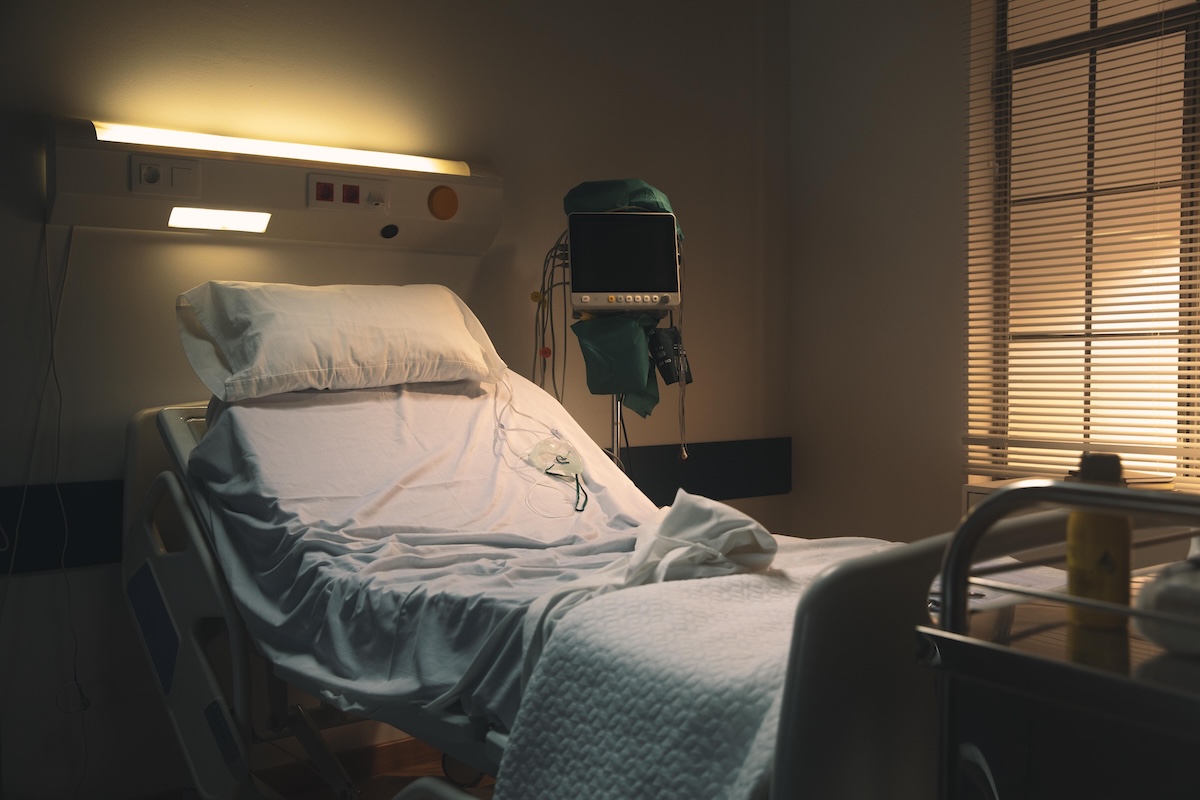The goal of treatment is to restore normal blood flow to the brain and prevent further damage. For ischemic strokes, doctors often use a special medication called tPA to dissolve the clot. This medicine works best if it’s given within a few hours of the first symptoms. In some cases, doctors use a thin tube to remove the clot directly from the brain’s blood vessels.

Treatment Options That Save Lives
People with hemorrhagic strokes need a different approach. Treatment usually focuses on lowering the pressure inside the brain and stopping the bleeding. This might include medications or surgery, especially if a large amount of blood has built up or a damaged blood vessel needs to be repaired.
Once the emergency treatment is done, many people begin stroke rehabilitation. This can involve different types of therapy, depending on what parts of the body or mind were affected. Some people need help with walking or movement, while others work on speech or relearning daily tasks. Therapy may include physical therapy, occupational therapy, and speech therapy. Emotional support and mental health care are often important too, especially if a person feels anxious, depressed, or frustrated during recovery.
What Happens After a Stroke
Recovery from a stroke can take time. Some people recover fully, while others live with long-term changes to their abilities. The recovery process depends on how severe the stroke was and how quickly treatment began. Support from family, friends, and healthcare providers makes a big difference.
After a stroke, many people also need to focus on preventing another one. That may mean making changes to their lifestyle—like eating healthier, exercising more, quitting smoking, or taking medication to manage blood pressure or cholesterol. More information? Continue your online search here:
